Erodium
and California
This site was created and is maintained by Benjamin Coultrup.
Clade I, Subclade 1
Subgenus Erodium
Clade I, Subclade 2
Subgenus Barbata
Clade II, Subclade 3
Clade II, Subclade 4
-
-
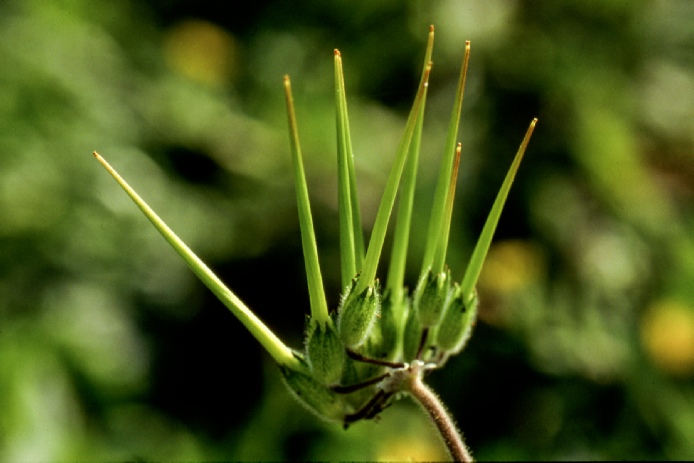
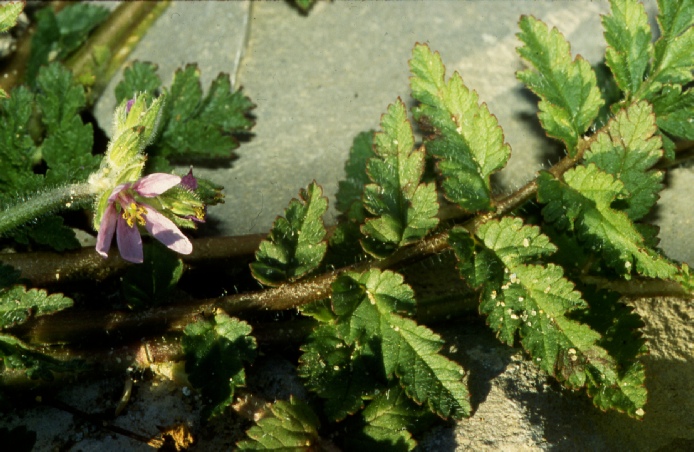
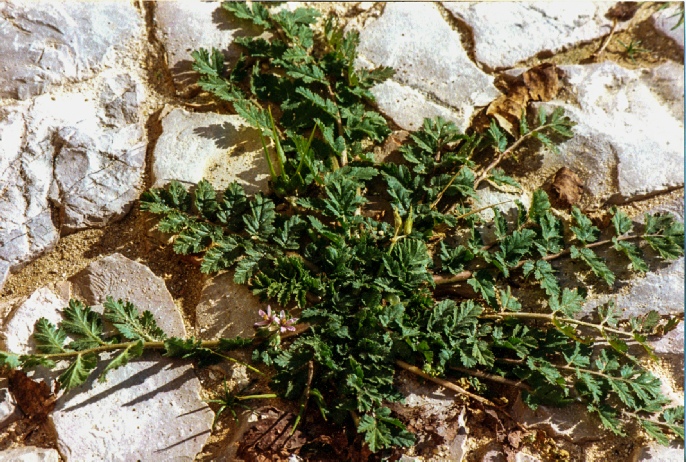
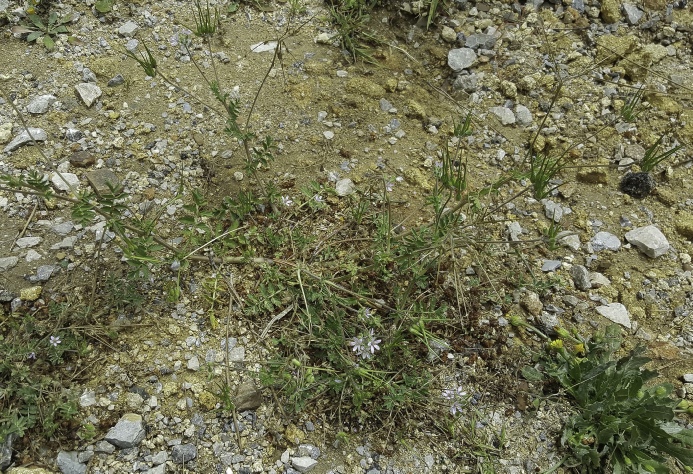
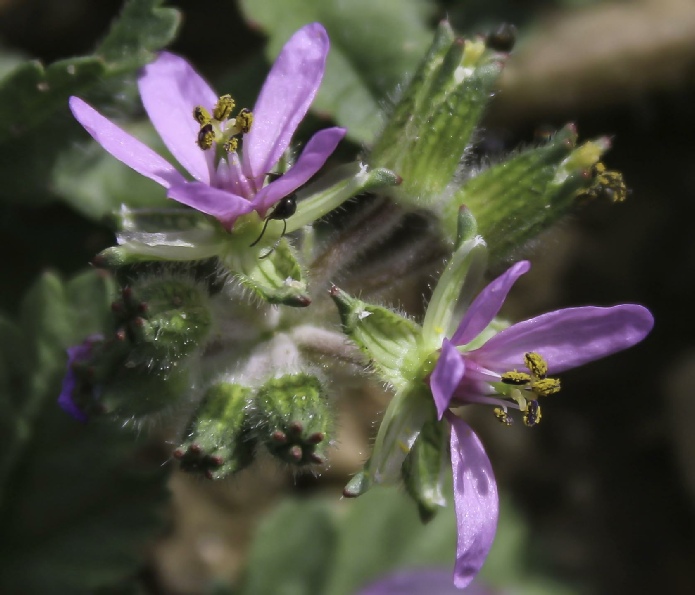
Erodium moschatum at Cacela Velha, Algarve, Portugal: 25/12/1994
Erodium moschatum, Tavira, Algarve, Portugal: 25/12/1994
Erodium moschatum at Cacela Velha, Algarve, Portugal: 25/12/1994
Erodium moschatum: Morocco: Photo credit : Abdelmonaim Homrani Bakali: Creative Commons Attribution-
Erodium moschatum: Morocco: Photo credit : Abdelmonaim Homrani Bakali: Creative Commons Attribution-
Erodium moschatum (L)L’Her.
Annual to biennial herb 8-
Leaves oblong-
Inflorescence: Umbels of 5-
Fruit 2-
Distribution: pastures, waste ground, roadsides, on most soil types; endemic to Europe, Africa, Middle East: Azores, Canary Is, Madeira, Morocco, Tunisia, Algeria, Libya, Egypt, Israel, Jordan, Lebanon, Syria, Great Britain, Ireland, Netherlands, Belgium, Luxembourg, France, Spain, Portugal, Italy, Balearic Islands, Corsica, Sardegna, Sicily, Malta, Greece, Cyprus, Slovenia, Croatia, Albania, Austria, Turkey, Ukraine; introduced Belarus, Czech Republic, Finland, Germany, Switzerland, Hungary, Norway: now global
Notes: Plant size can vary widely dependent on soil type; on a thin, poor or well drained soil the plant can be quite small, similar to E. cicutarium in size; on a good fertile soil the plant can be quite lush, to 90cm

This website has now been archived:
You will soon be redirected to the new website at
erodium.uk